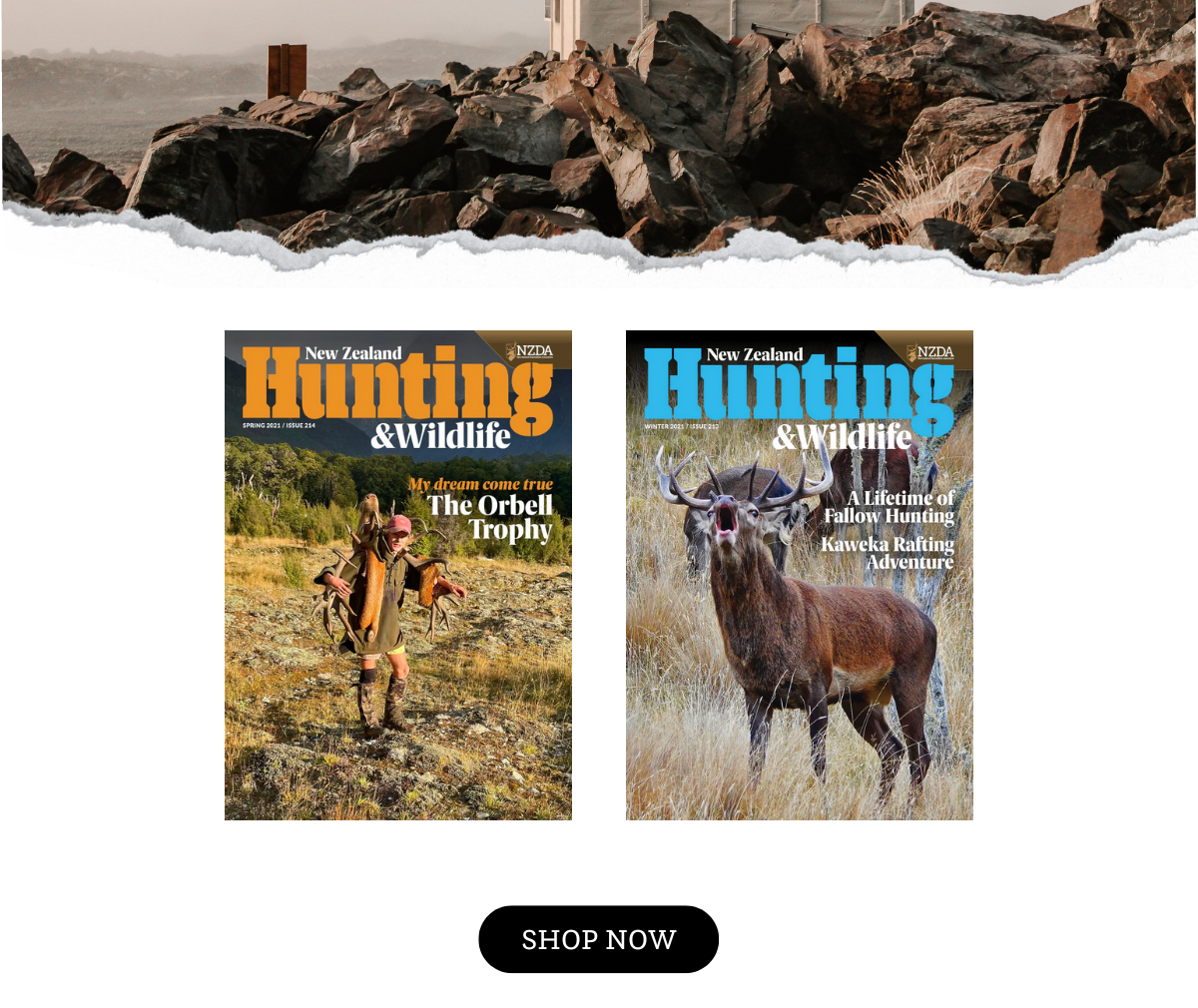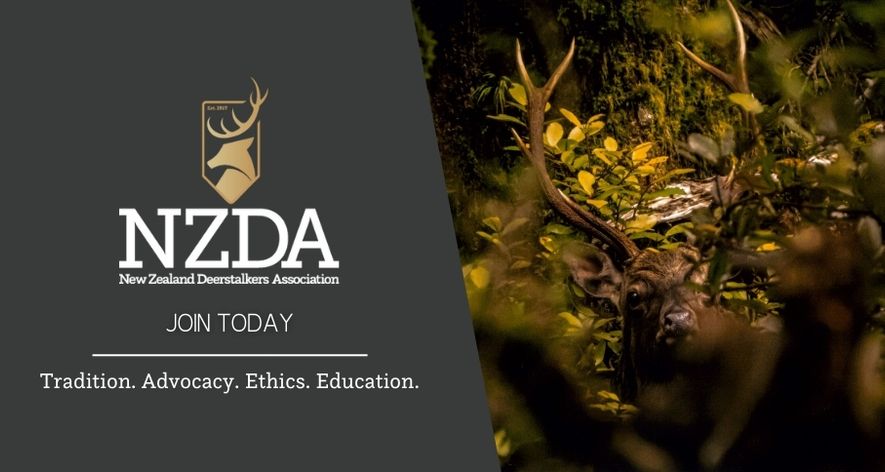2 October 2023
Hunting and Wildlife Magazine - Autumn Issue 220
Words By: NZ Tahr Foundation
To maintain a balanced and stable herd we need to ensure we control the breeding population (nannies), whilst allowing bulls to fully mature. This is now more important than ever with the pressure the herd is now under. The main reason the West Coast tahr ballot blocks have continually produced trophy class bulls is because of the limited hunting pressure year-round, which allows bulls to reach their full potential. Hunter discipline is key to this also being achieved outside of these areas. When aging and judging bulls it is a good idea to use a number of indicators, both physical and behavioural.
JUVENILE 6-18 MONTHS
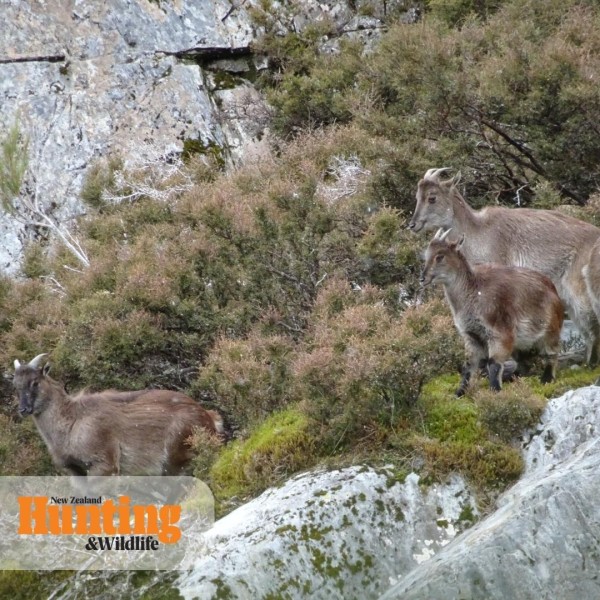
Juvenile 6-18 months old. Photo credit: Cam McKay
These bulls can be difficult to separate from nannies and will be light in the body(narrow), the older juveniles might have a wee scruffy neck but show no real indicators of being a bull. The bulls will be smaller/same size as nannies. These animals are best ignored, or if you are after a quick pot filler these animals can be a good option. But shooting juvenile nannies is certainly the better option for the meat hunter.
IMMATURE 2.5-4.5 YEARS
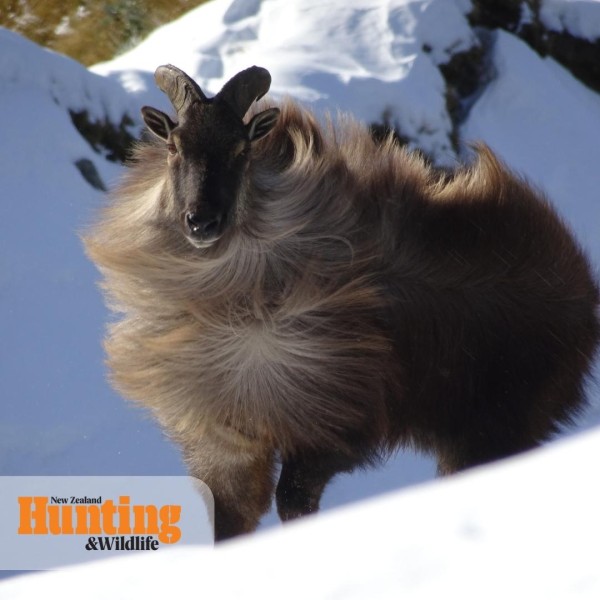
Immature 2.5-4.5 years old. Photo credit: Cam McKay
These bulls will have a large variation across the age group, but all will be relatively ‘narrow’ in the body and light in colour. Immature bulls will have manes varying from a scruffy neck through to a smaller light-coloured mane. Of note is the colour of these bulls which is generally uniform across the body, with no real defined dorsal stripes. These bulls will usually be with the nanny groups and are often seen harassing nannies. They will not get a chance to breed (in a natural herd structure), and will be slightly larger than nannies, but lack the real bulk of a mature bull. Horns on these bulls are 9-12+ inches with light bases and annuli (age rings) will be noticeably spaced far apart. Ridging will be defined, and horns will look like they come straight back off the skull, with no ‘stacking’ to the bases.
MATURE 5.5-8.5 YEARS
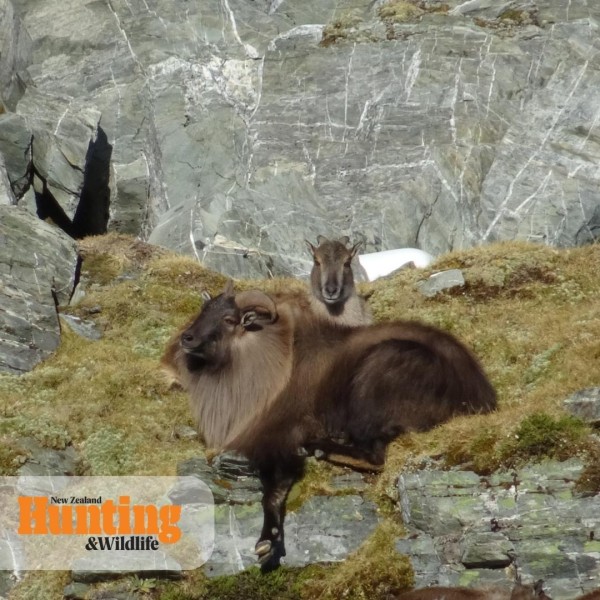
Mature bull 5.5-8.5 years old. Photo credit: Cam McKay
These are your typical herd bulls and bulls most often shot by hunters. Mature bulls will have full manes, and dark hind quarters. Manes can vary from bright blonde/golden through to grey/black. The colour of manes is more of an individual thing, rather than an indicator of age. Hind quarters and the face of mature bulls will be black/almost black. Kidney/dorsal stripes will be noticeable on mature bulls, these are light coloured lines on either side of the spine, which extend from the back of the mane to the rear quarters. A mature bull will be 1.5-2 times the size of a nanny and should look ‘heavy’ on his feet. During the rut these bulls will usually be seen in the nanny groups, showing classic signs of rutting (posturing, flehming/lip curling). Horns will be anywhere from 10-14+ inches, ridging and tips are normally in good order, and will be starting to show some ‘stacking’ of the base.
OLD BULL 8.5 YEARS +++
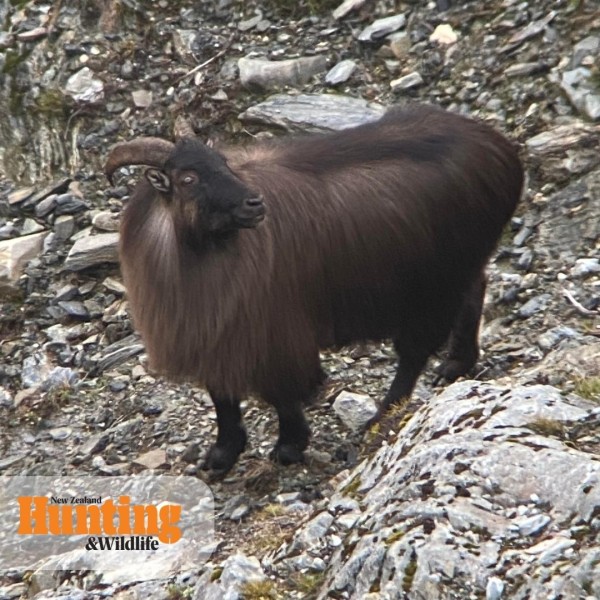
Old bull 8.5 years ++. Photo credit: Cam McKay
There is very little that separates a ‘mature’ bull from one who is truly old, the bodies are similar, with only slight changes in body and horn shape/style. You will need a good eye, patience, and practice to distinguish the two. These bulls generally carry more bulk in the body, especially if viewed from behind, he should be wide across the back. During the rut these bulls will often isolate themselves with one nanny. If you see a lone bull with one nanny, get close and have a good look. Horns are often the best way to identify old bulls, a large percentage of these bulls will have broken or broomed tips and worn chipped ridging. Old bulls will have distinct ‘stacking’ to the bases of their horns, this is true regardless of the size of their horns.
TIPS
- It’s important to remember bulls can control their mane/hair, much like a turkey can with his tail. If a bull has his mane puffed out, or flat to his body it will have a huge difference to the perceived size of his body. Don’t let this fool you into thinking a bull is bigger than he is.
- The more bulls you look over and pass up, the higher the chances the next one will be that monster you are looking for. This might seem counterproductive, but it is the law of averages. You won’t shoot big old bulls if you keep shooting small young ones.
- A bulls’ horns always look bigger from behind, try and get a view from all angles. If you’re in doubt about a bull, GET CLOSE. Get as close as you can and spend as much time as you can evaluating the situation.
- Older bulls are bigger, some bulls will reach ‘trophy’ size at a young age, but in general most of the 13” + bulls will be 8+ years old. ‘Average’ bulls can grow into big bulls. I have seen a couple of bulls in the 12-14-year age bracket that measure 14+ inches. As 5-6-yearold these bulls were 11.5-12 inches.
- If you have shot a number of bulls, be aware that there are people who have not and try and focus your efforts on finding truly old bulls.
CAMPSITES
A sheltered campsite in tahr country is essential for a safe trip. Careful planning and up to date weather forecasting is essential. Ensure you have sufficient supplies to cope with delayed pickups when you have been flown in. If you are leaving the campsite, ensure you have enough food and a suitable shelter as conditions can change and you may be out longer than expected. Hunters should be aware of natural hazards such as dead overhanging trees when selecting their campsite. There will be kea at some sites; do not feed kea, and ensure campsites are kept as tidy as possible so as not to attract their attention. The best way to stop kea making a mess of your campsite is to firstly keep it tidy, but also to not interact with them at all as it quickly becomes a game for them. And throwing things at them will only make it worse! Be aware that known campsite locations may change due to flood or avalanche damage, changes to water channels or other issues. Ensure that all rubbish is taken out with you and remember to keep the campsites tidy and free from animal and human waste. Human waste should be buried at least 15-20cm deep and 50m away from any streams or campsites.
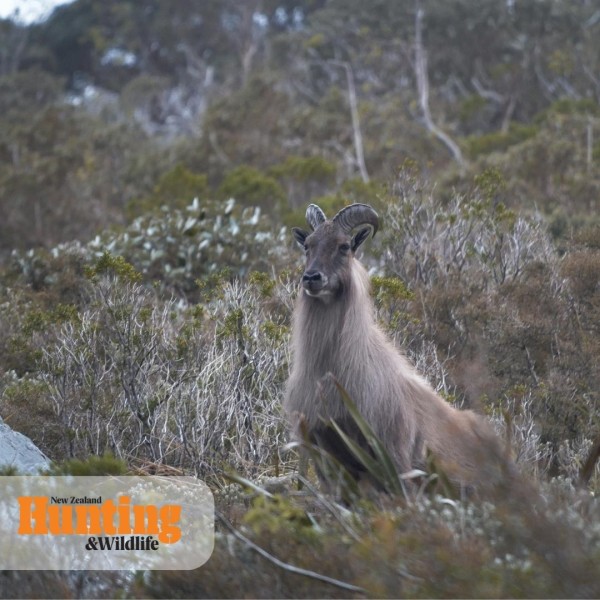
If bulls are going to reach their full potential it is essential hunters leave the younger animals. Photo credit: Tim Norris
BEST PRACTICE
Tahr inhabit a formidable environment and hunters must be physically and mentally prepared for this. They are usually found on or near steep rocky bluffs. Tahr usually set out to feed in the late afternoon, returning to cover the following morning. The terrain in most of these areas can be unstable and the area surrounding the sites is usually steep, broken, rocky and mountainous. There may be heavy snowfalls and disruptive westerly storms during the Tahr hunting period. Avalanches are a potential hazard. Snow and ice usually become heavier towards the end of the season. The West Coast is well known for heavy rain and hunters should be well equipped and prepared. River crossings can be difficult and dangerous when water levels are high and or discoloured. Good communication devices are essential. Satellite phones, InReach and personal locator beacons are recommended, and the Mountain Radio Service provides an excellent weather forecast and communication service. It is recommended that each hunting party take in a mountain radio. Have everything you need for an unexpected night out with you when setting off for a hunt, as there’s very little of the wilderness areas that can be safely navigated in the dark. Have an ice axe and crampons for those higher elevation landing sites and be sure you are comfortable using them. Or quite simply just don’t go into the more serious terrain.



